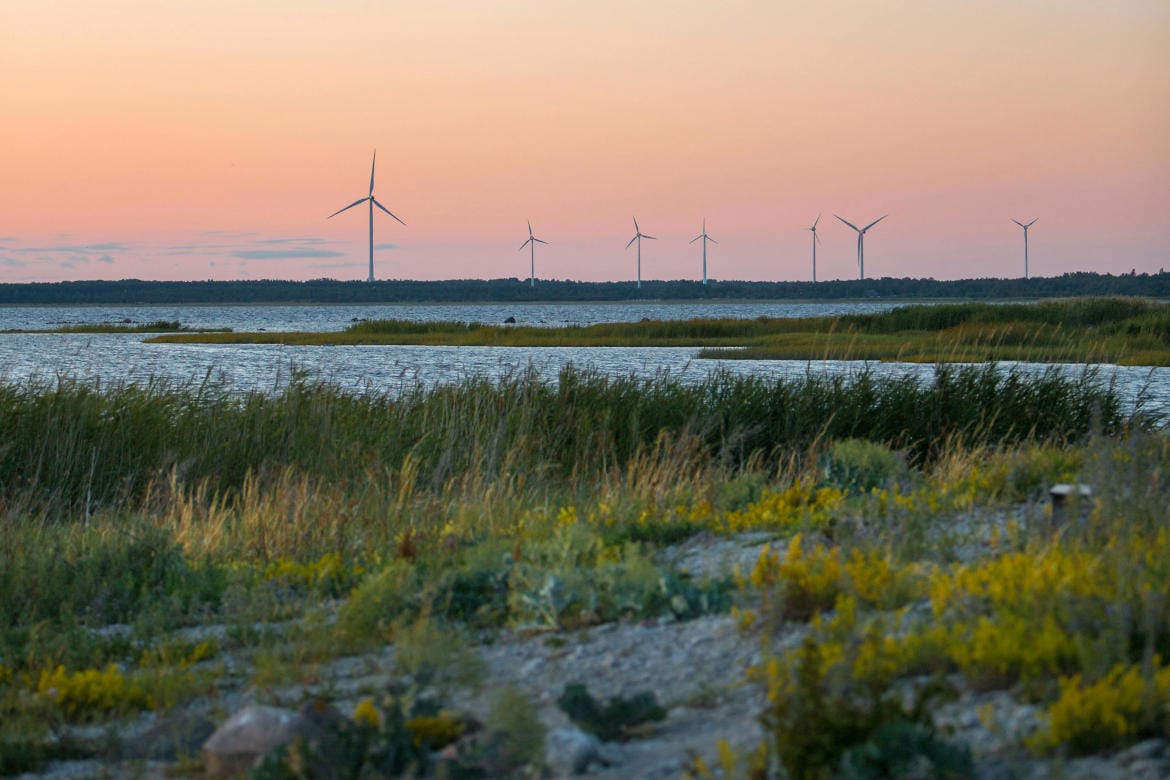Estonia, a small Baltic country, boasts around 2,300 islands and islets, with only about 300 covering an area larger than 1 hectare (2.47 acres). Many of these islands are renowned for their stunning natural beauty, historical significance, and cultural richness.
They are an essential part of Estonia’s geography and identity, ranging from large, inhabited islands to tiny, uninhabited islets scattered across the Baltic Sea and the Gulf of Finland. The largest and most famous island in Estonia is Saaremaa, which is known for its unique landscape of juniper groves, windmills, and limestone cliffs.
Historically, it played a key role in various trade routes, especially during the Viking Age. The island’s capital, Kuressaare, is home to a well-preserved medieval castle, a popular attraction for visitors interested in Estonia’s medieval past. Saaremaa’s blend of ancient history and natural beauty makes it a top destination for tourists.

Discover Saaremaa: Estonia’s Largest Island
Estonia’s largest island is a popular destination for nature lovers and history enthusiasts alike.
Just to the north of Saaremaa is Estonia’s second-largest island, Hiiumaa, covering 989 square kilometers (382 square miles). Hiiumaa is famous for its lighthouses, particularly Kõpu Lighthouse, which dates back to the 16th century and is one of the oldest operational lighthouses in the world.
Close to Saaremaa lies Muhu, an island that is smaller but rich in cultural heritage. Muhu is easily accessible via a causeway from Saaremaa, and while it is less known internationally, it is popular among locals for its traditional Estonian farmhouses and annual music festivals. Muhu’s landscape is dotted with ancient stone walls and windmills, and it is also home to St. Catherine’s Church, one of Estonia’s oldest churches, dating back to the 13th century.
Another island that plays an important role in Estonia’s history is Vormsi, located between the mainland and Hiiumaa. Although it only has a population of around 400 people, Vormsi was historically inhabited by a Swedish-speaking minority.
Today, the island is known for its unique cultural legacy, including its ring crosses in the island’s cemeteries, which attract visitors interested in Estonia’s more obscure cultural history. The island’s natural beauty, combined with its quiet villages, makes it a peaceful escape.
Kihnu, a UNESCO-listed island, stands out for its rich cultural traditions that have been preserved over centuries. Located in the Gulf of Riga, Kihnu is known for its matriarchal society, where women have traditionally taken on leadership roles while men were out at sea. The islanders still wear their colorful traditional clothing and practice folk music and dance passed down through generations. Kihnu’s cultural heritage has been recognized globally, making it a unique part of Estonia’s island landscape.
Aegna, located just 14 kilometers (9 miles) from Tallinn, is a peaceful island that is part of the Tallinn city territory. It’s known for its lush forests, sandy beaches, and historical military ruins. Aegna is a popular spot for day trips, especially for those looking to hike or enjoy a quiet seaside experience. The island also features several walking trails and a stone labyrinth, adding to its appeal for nature lovers.
Prangli, located about 25 kilometers (15 miles) northeast of Tallinn, is one of the few permanently inhabited islands in the region. It has a population of around 100 people and offers a glimpse into traditional island life. Prangli is known for its picturesque coastal landscapes, fishing villages, and rich cultural history dating back over 700 years. Visitors can explore the island by bike or foot, visit the local wooden church, or learn about the island’s heritage at the small museum. Its relative proximity to Tallinn makes it a convenient and charming getaway from city life.
Beyond these inhabited islands, many smaller islets dot Estonia’s coastline. Some of these are part of protected areas and national parks, serving as vital habitats for wildlife.
Islands within Matsalu National Park and Vilsandi National Park, for example, are key nesting sites for migratory birds. Vilsandi Island is particularly well-known among birdwatchers, as it is one of the best places in the Baltic region for spotting rare species.
Many of Estonia’s islands are uninhabited and only accessible by boat, offering a sense of wild, untouched beauty. These islands serve as ideal spots for kayaking, birdwatching, or simply experiencing the peaceful solitude of nature.
Some of the smaller islands are rocky and barren, while others are covered in dense forests. Despite their remoteness, they attract adventurers and nature enthusiasts who want to experience Estonia’s coastal wilderness.
